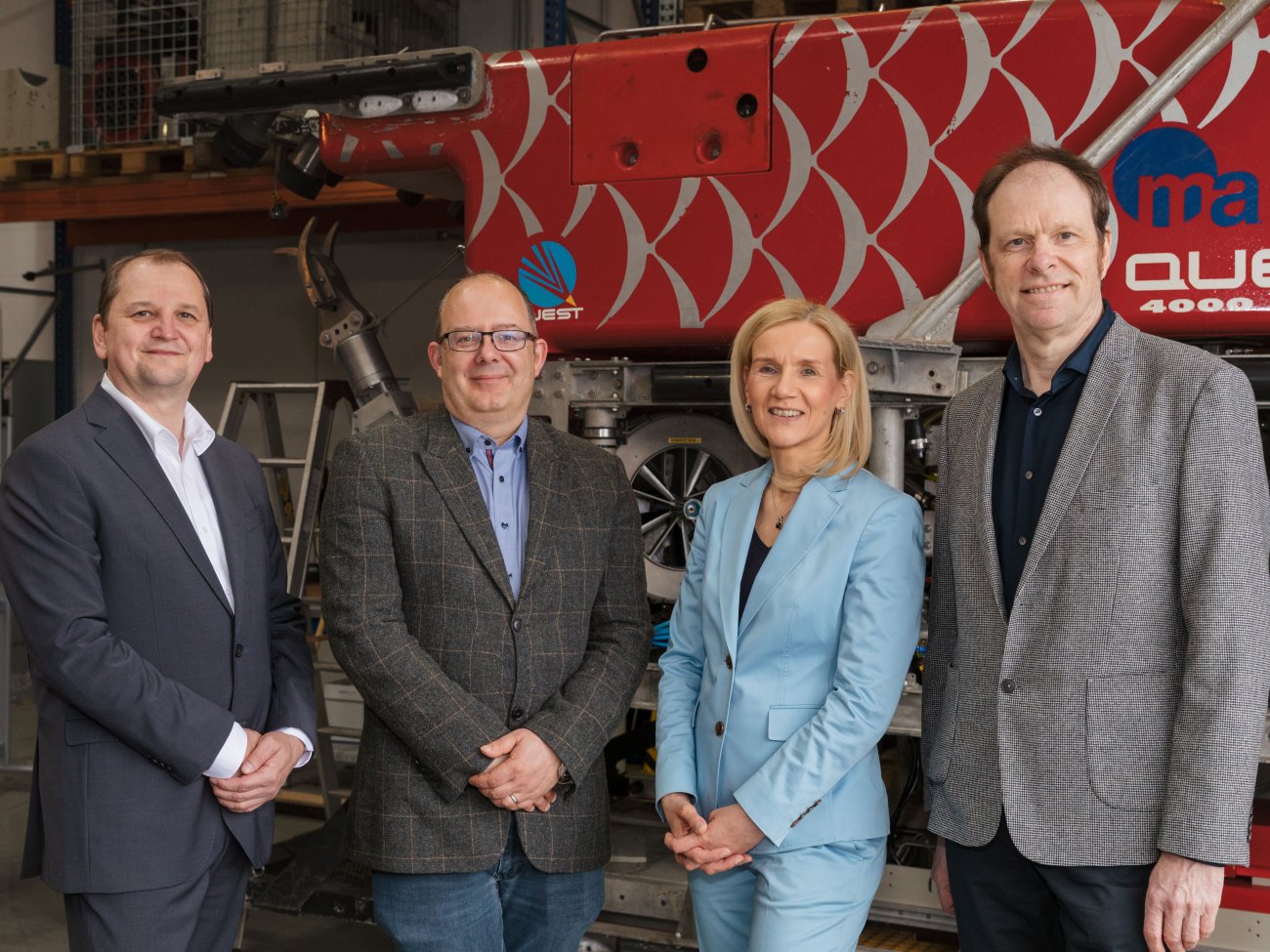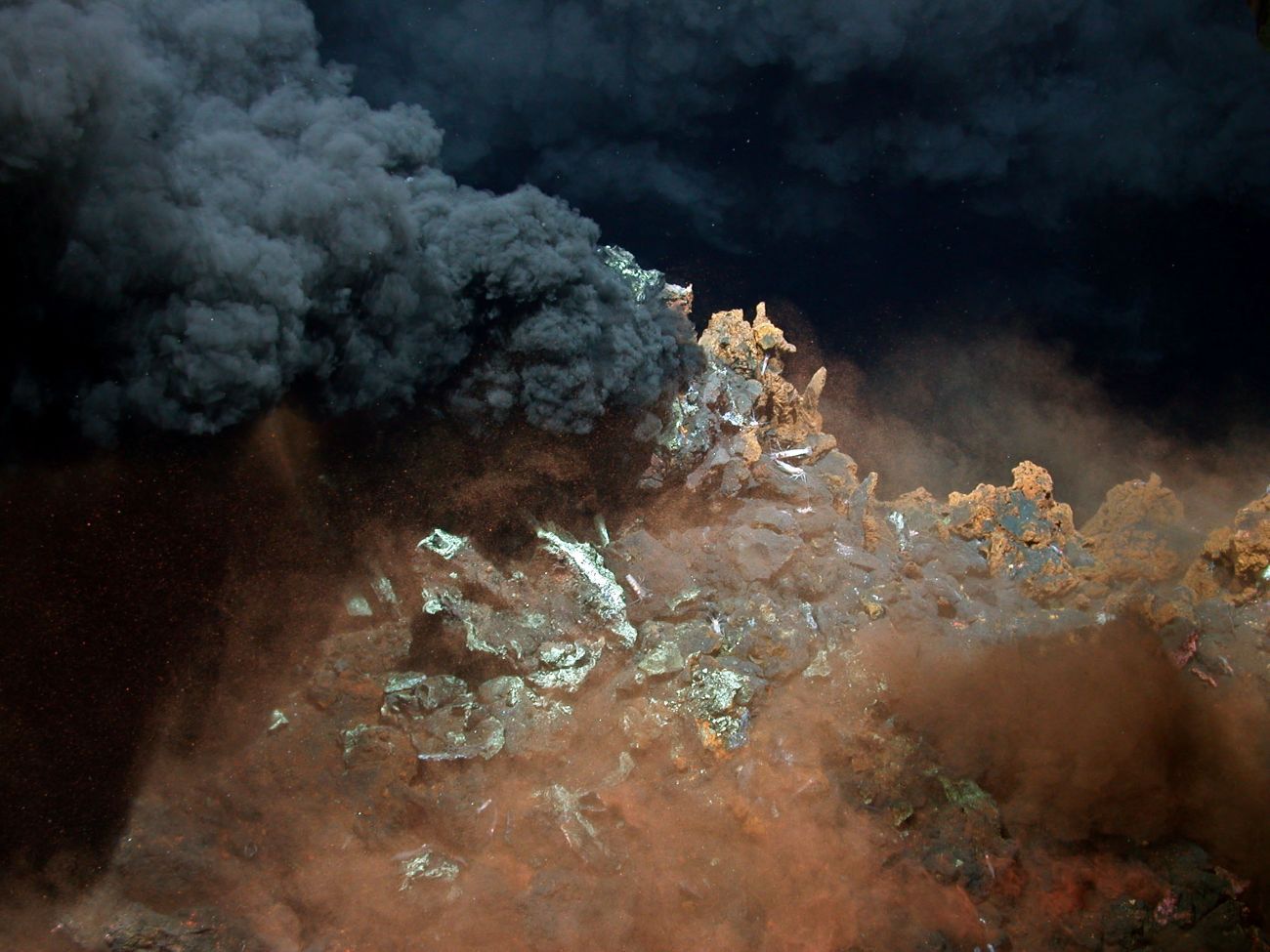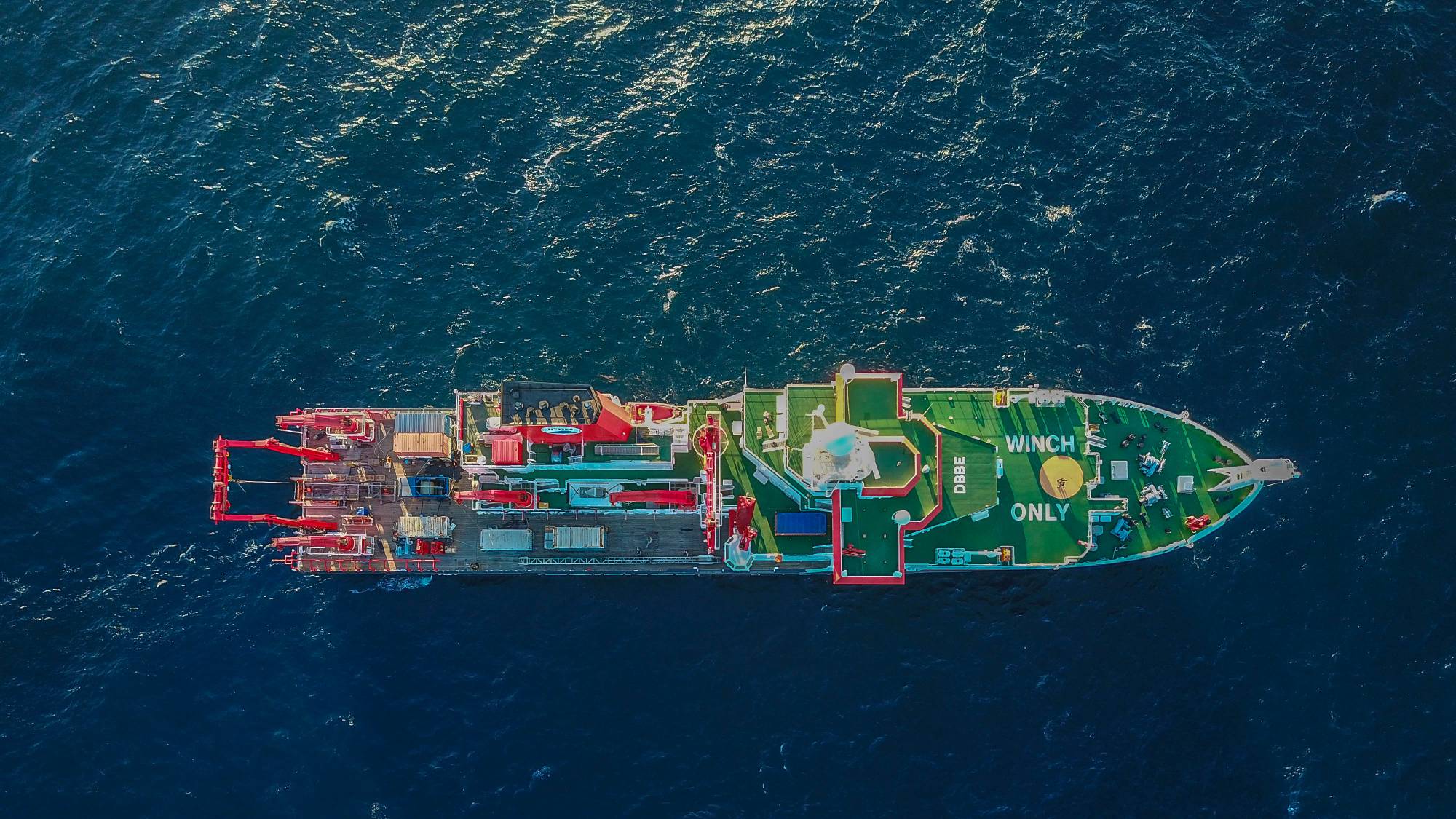
© Matej Meza / Universität Bremen
The Ocean Floor: What Does Earth's Uncharted Interface Reveal?
Success for researchers from Oldenburg and Bremen in the Excellence Strategy competition
“The Ocean Floor – Earth’s Uncharted Interface” is one of two Clusters of Excellence at the University of Bremen that were recently approved. The project is a collaboration between researchers from the universities of Oldenburg and Bremen. up2date. asked cluster spokesperson Heiko Pälike what exactly is being investigated.
Mr. Pälike, What are the cluster’s central research questions?
The cluster team will investigate the role of the ocean floor in the Earth system. How are materials and energy exchanged between water column and ocean floor? Can we quantify this transfer? How do these flows interact with the environment? Even though only a very small part of the ocean floor has been explored so far, we know that it forms an important, dynamic interface with far-reaching functions for the Earth system.

© Matej Meza / Universität Bremen
What can research in your field contribute to society?
Geological, physical, chemical, and biological processes interact on and in the ocean floor, influencing the climate system, the global carbon cycle, and the biological productivity of the world’s oceans. We still know too little about these processes to be able to include the ocean floor in global material balances.
The team will use sediments to demonstrate how the world could change if the climate continues to warm. The findings will also be made available to the public and policymakers.

© MARUM – Zentrum für Marine Umweltwissenschaften, Universität Bremen
Why is the University of Bremen collaborating with the University of Oldenburg?
The cluster also aims to quantify biodiversity at this important interface and its role in the Earth system. This requires novel technologies for observing and sampling the ocean floor, highly sensitive analytical methods, and an expansion of numerical models. These research goals can only be achieved with an interdisciplinary research network.
The aim is to create a region of marine excellence where scientific breakthroughs can be made. The research findings are of great importance for understanding and comprehending scenarios related to a warmer world.”

© MARUM – Zentrum für Marine Umweltwissenschaften, Universität Bremen; T. Klein